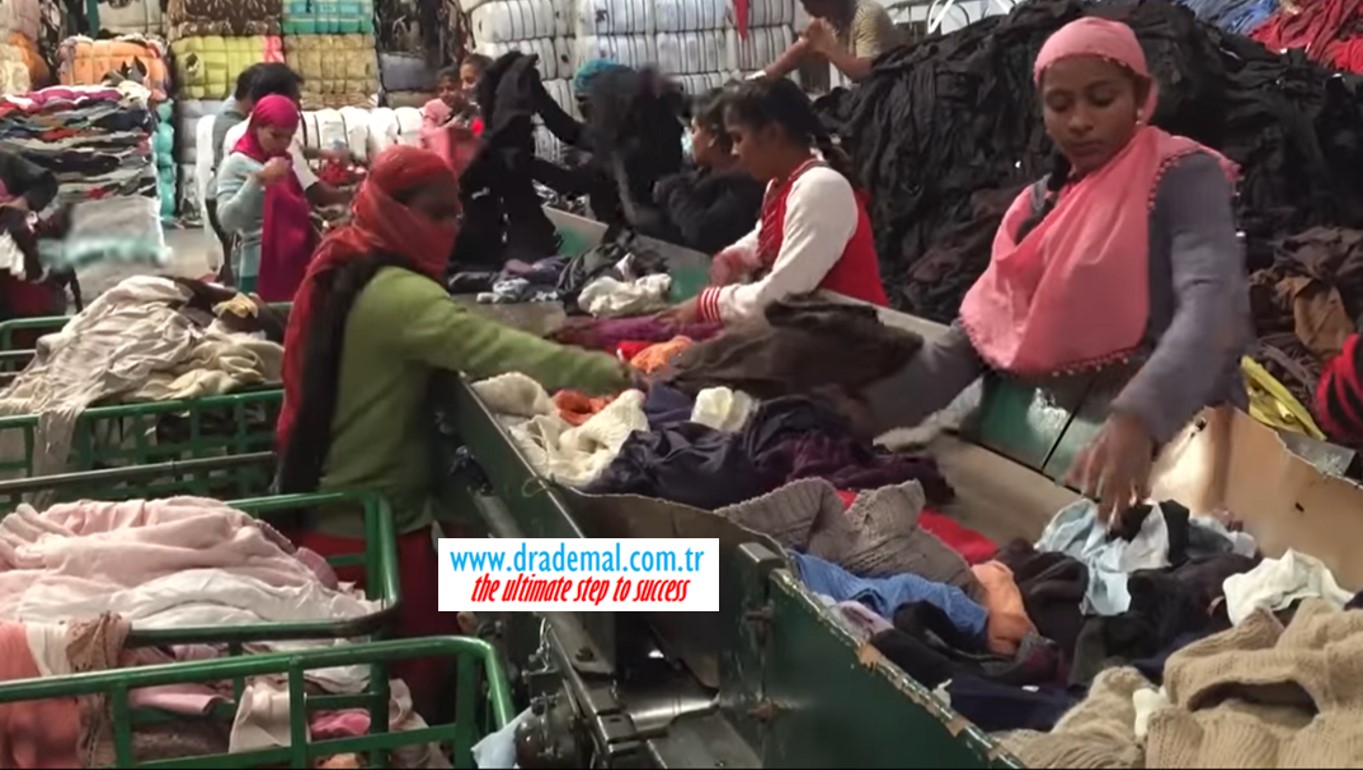 Since old times, people have been using clothes as a tool for self-expression. Fashion and trends are changing rapidly every day, and often people try to follow them. Trends come and go, some are forgotten, and there are those that will be relevant and stylish years later. And such things can be found in second-hand stores. In Europe and the USA, second-hand clothing appeared in the 1920s, but it became popular rather forcibly, after the Second World War, when the economy of many countries was undermined, and the impoverished population needed to wear something, but after a while, the attitude towards second-hand shops began to change. Now such stores are taken seriously and people can really find interesting and inexpensive things. Based on this, there may be opposing preferences: those who like to buy first hand clothes and those who like second-hand ones. These different opinions have a basis because first hand differs from second hand fashion in the following aspects: environmental friendliness, price, and quality.
Since old times, people have been using clothes as a tool for self-expression. Fashion and trends are changing rapidly every day, and often people try to follow them. Trends come and go, some are forgotten, and there are those that will be relevant and stylish years later. And such things can be found in second-hand stores. In Europe and the USA, second-hand clothing appeared in the 1920s, but it became popular rather forcibly, after the Second World War, when the economy of many countries was undermined, and the impoverished population needed to wear something, but after a while, the attitude towards second-hand shops began to change. Now such stores are taken seriously and people can really find interesting and inexpensive things. Based on this, there may be opposing preferences: those who like to buy first hand clothes and those who like second-hand ones. These different opinions have a basis because first hand differs from second hand fashion in the following aspects: environmental friendliness, price, and quality.
The first difference between first hand and second hand fashion is the impact on ecology. To begin with, it is a well-known fact that every item of clothing during production and transportation leaves a huge ecological footprint. Clothing production generates approximately 10% of the world’s carbon dioxide emissions. Scientists claim that this number will grow rapidly every year. Also, in total, about 50 million tons of clothes end up in landfills every year, and only 15% are recycled or end up in second hand stores. Manufacturers, in order to save money, add a lot of synthetic materials to the composition of clothing, which decompose for a very long time and destroy the soil they come into contact with. Plastic parts used in the manufacture of shoes are destroyed into small particles for 1000 years and then fall into the soil and water. On the other hand, there are second hand shops that are not so harmful to ecology. Eco-friendliness lies in the fact that things that turned out to be second-hand, somehow were not thrown into the trash. The existence of such stores inspires people to buy in these stores and to ensure that people, instead of throwing away another T-shirt or jeans, take them to a second hand store. In short, second hand fashion does not do as much harm to the environment as first hand fashion.
Prices are another difference between second hand and first hand fashion. Firstly, prices for mass market goods and especially for large brands are incredibly high. A large number of people simply cannot afford to buy first hand things. Consequently, most buyers are still trying to save their money. The fact that second hand items are quite cheap is a great advantage. If you have a small budget, you can assemble a whole wardrobe, which you cannot do by buying in the mass market. In conclusion, the price range of first hand and second-hand clothing is very different, and therefore, while shopping, making a choice in favor of second hand, you can save money.
The last difference, which I think is no less important, is the quality of clothing. On (In) the first place, as mentioned above, second hand clothes have low prices, but this does not mean that things are of poor quality. Namely, many of the clothes there have stood the test of time. Secondly, very often you can find things of large brands that, due to their high quality, remain in good condition even after a while. In addition to the quality of second hand clothing, they also differ in functionality. When you buy a new thing, you never know right away how it will be after washing. Also in the second hand store, things are already presented after several washes. Namely, they have already proven their quality. In brief, right in the store you can absolutely adequately assess the quality of the fabric, the degree of preservation, and the potential service life of the thing in your wardrobe.
Taking everything into account, there are 3 main differences between first hand and second hand fashion: environmental friendliness, different price range and quality. Both fashions have their advantages, but taking the harm to nature caused by the production of clothing into account, we should start paying more attention to second hand stores. It is also worth mentioning local small brands that are unique in their assortment and, having a smaller production, do not leave a large ecological footprint. Undoubtedly, everyone has the right to choose where to dress, but we live in a time when every action should be conscious and should not harm the environment.







